About the SS100 2.5 litre
The SS Jaguar 100 is a British 2-seat sports car built between 1936 and 1940 by SS Cars Ltd of Coventry, England.
The '100' was so named to reflect the theoretical 100 mph maximum speed of the vehicle. In common with many products of the thirties, the adoption of an animal name was deemed appropriate, and once approved by Sir William Lyons the name "Jaguar" was given to a new saloon car in 1936, and from that point to all the cars.
The '100' was so named to reflect the theoretical 100 mph maximum speed of the vehicle. In common with many products of the thirties, the adoption of an animal name was deemed appropriate, and once approved by Sir William Lyons the name "Jaguar" was given to a new saloon car in 1936, and from that point to all the cars.
| It was on an SS100 that the famous Jaguar 'leaper' was first prominently displayed, despite an inauspicious start. In mid 1936 the first version of the Jaguar vehicle mascot was apparently described by the founder of the company as "looking like a cat shot off a fence". A later publicity photograph of the new Model 100 "Jaguar" (registration mark CKV 250) parked outside the offices of SS Cars Ltd in early 1937 shows a revised Jaguar 'leaper' mascot mounted on he radiator cap. It is this more stylised 'leaper' that became the basis for subsequent mascots and the trade mark for Jaguar Cars Ltd that has been used to the present day. |
Following the Second World War, because of the Nazi connotations then attached to the initials "SS", the company was renamed Jaguar in 1945. Widely considered to be one of the most aesthetically pleasing Jaguar cars it is also one of the rarest, with only 198 of the 2.5-litre and 116 of the 3.5-litre models being made. Most stayed on the home market but 49 were exported.
About CAK497 Chassis #49027 Engine #L1021E
| Every Jaguar received a license plate that because matched to the car for life. This plate number CAK497 was attached to this one, of the 198, 2.5-litre Jaguars that made it to the United States. It was purchased August of 2012 from a dentist in North Carolina. We brought it to our facility and began the restoration process in the Spring of 2013. 1939 Jaguar SS100 for a client in Switzerland. The car was disassembled and boxed 30 years ago, and it needs a total restoration. The owner has had the car for close to 35 years. He purchased the car from RM Restoration where it was supposed to be restored for a client that was going to take it to Pebble. We'll be posting more as a we complete various part of the car. |

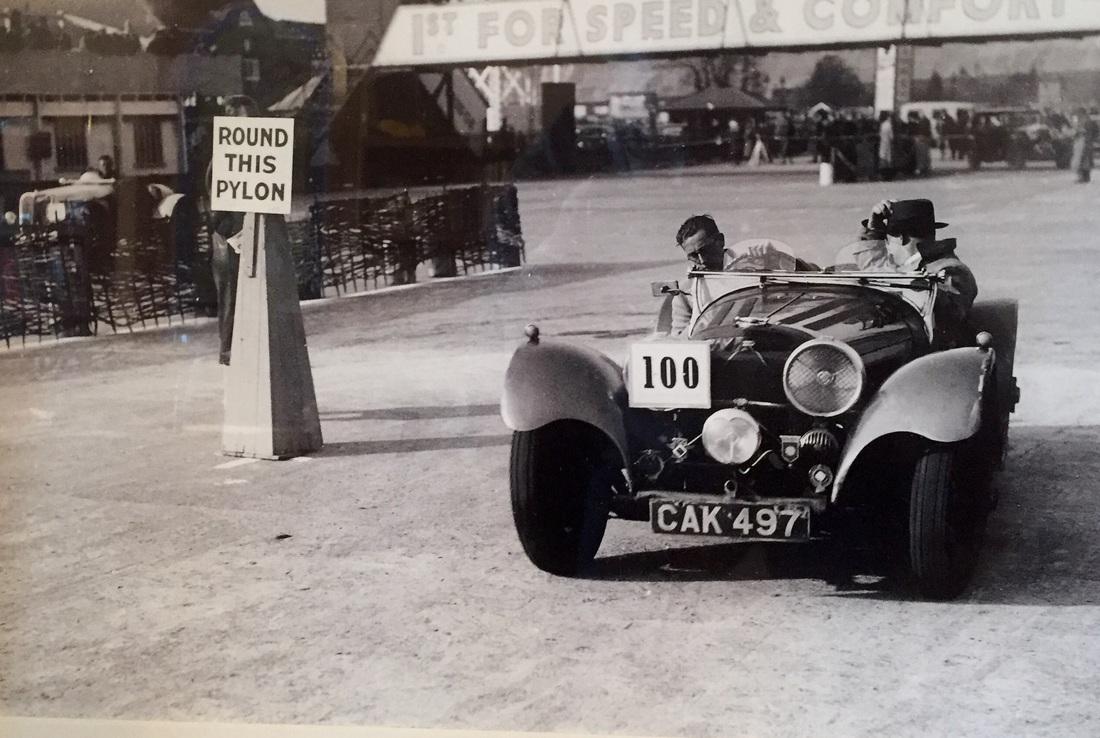
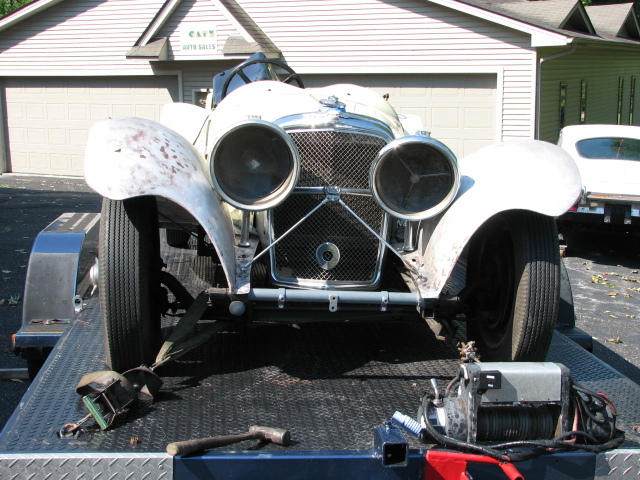
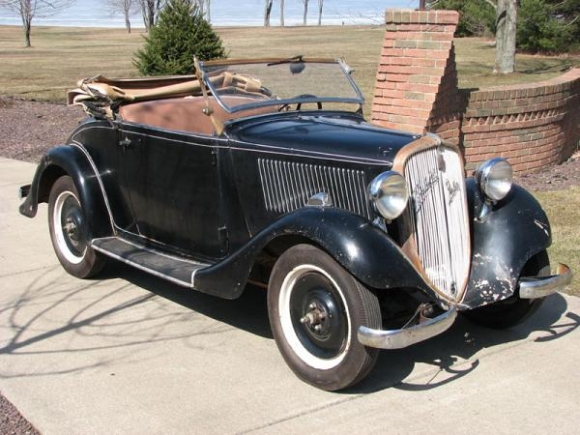
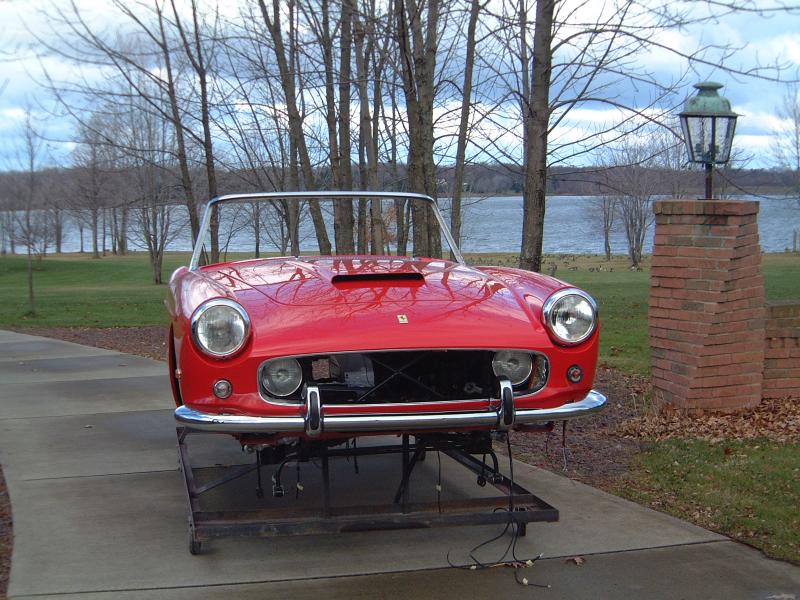
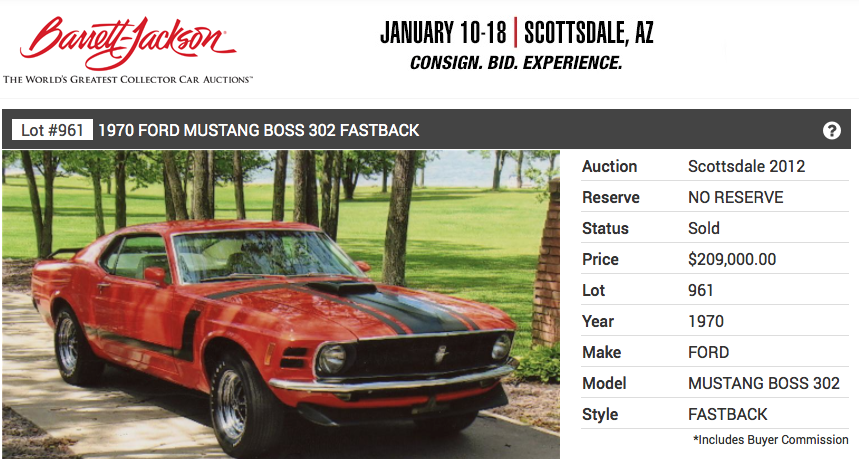

 RSS Feed
RSS Feed